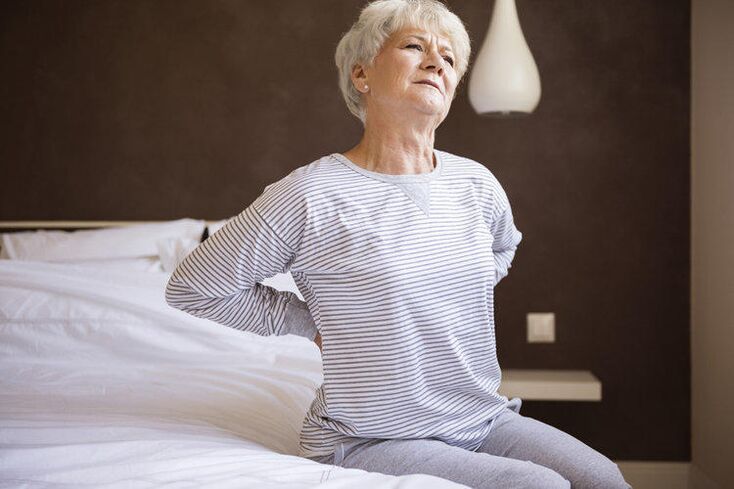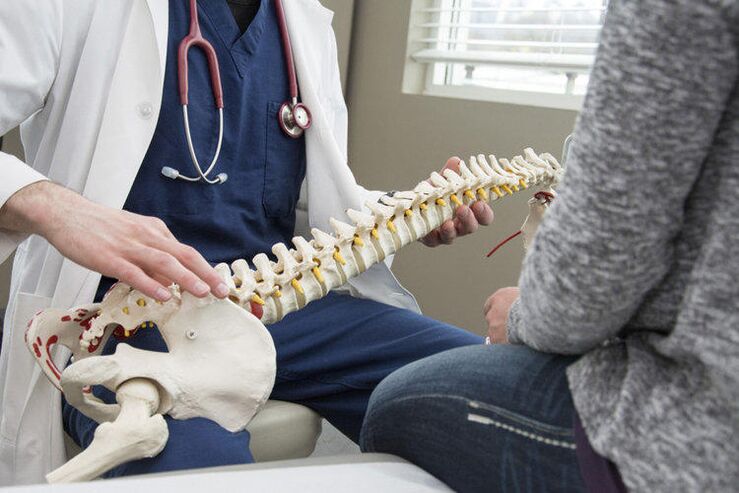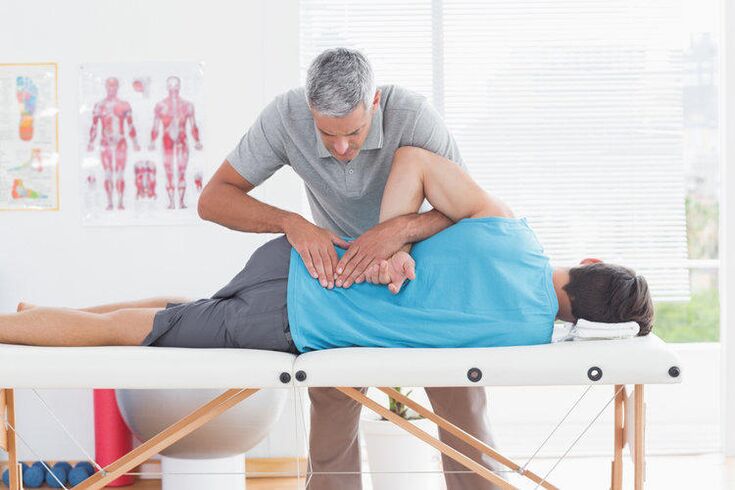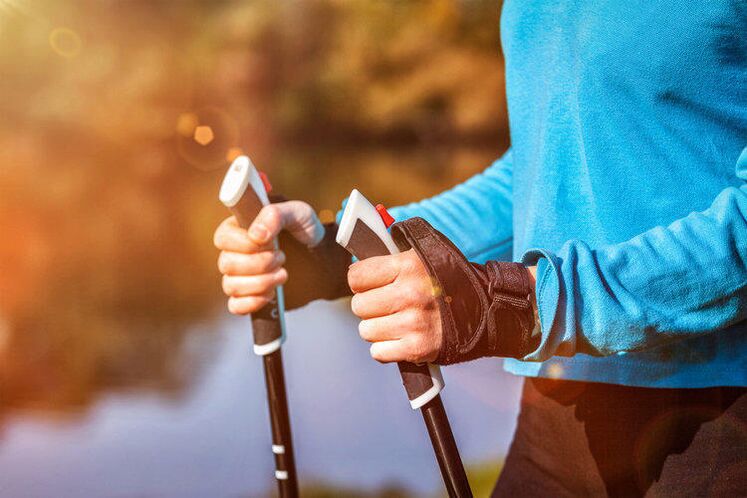

Such consequences can be accompanied by many different symptoms, leading to a incorrect diagnosis of diseases.
The most common and characteristic symptoms of osteochondry include the following:

Conservative treatment of osteochondry includes the following types of treatment:
















































